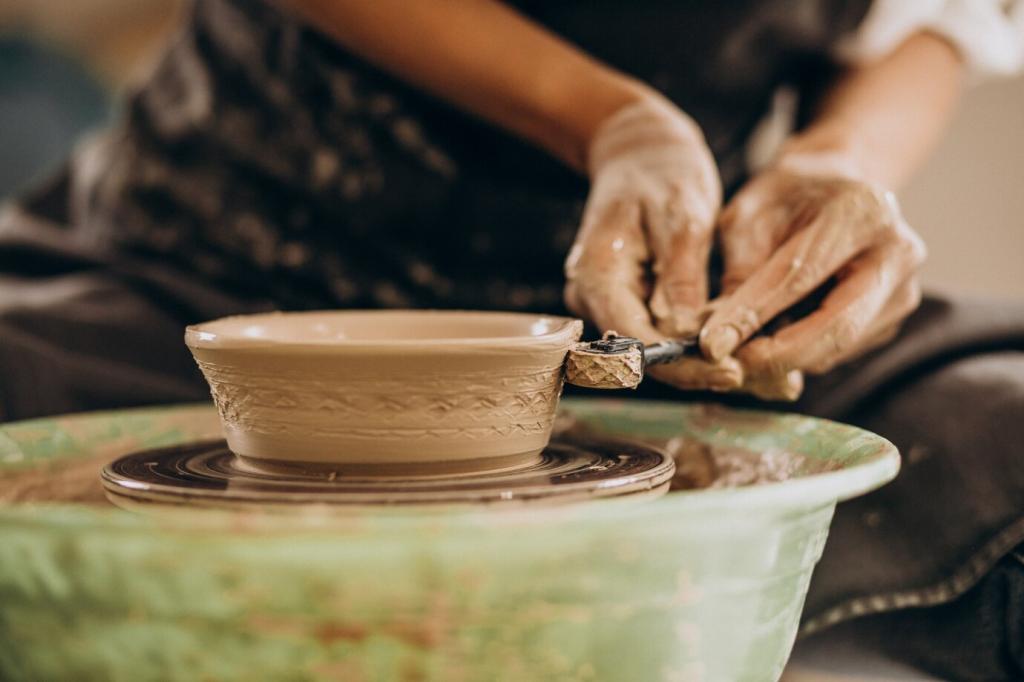Innovation at the Edge: Kveik, Hybrids, and Biotransformation
Traditional Norwegian kveik rips through wort at higher temperatures with shockingly clean profiles. Dry, resilient cultures shorten timelines significantly, enabling expressive citrus and stone fruit esters without sacrificing stability or consistency.
Innovation at the Edge: Kveik, Hybrids, and Biotransformation
Select strains can unlock bound precursors, releasing passion fruit and grapefruit thiols. Pair with appropriate hops and timing to amplify aroma. Share your thiol experiments and subscribe for deeper guides on biotransformation.





